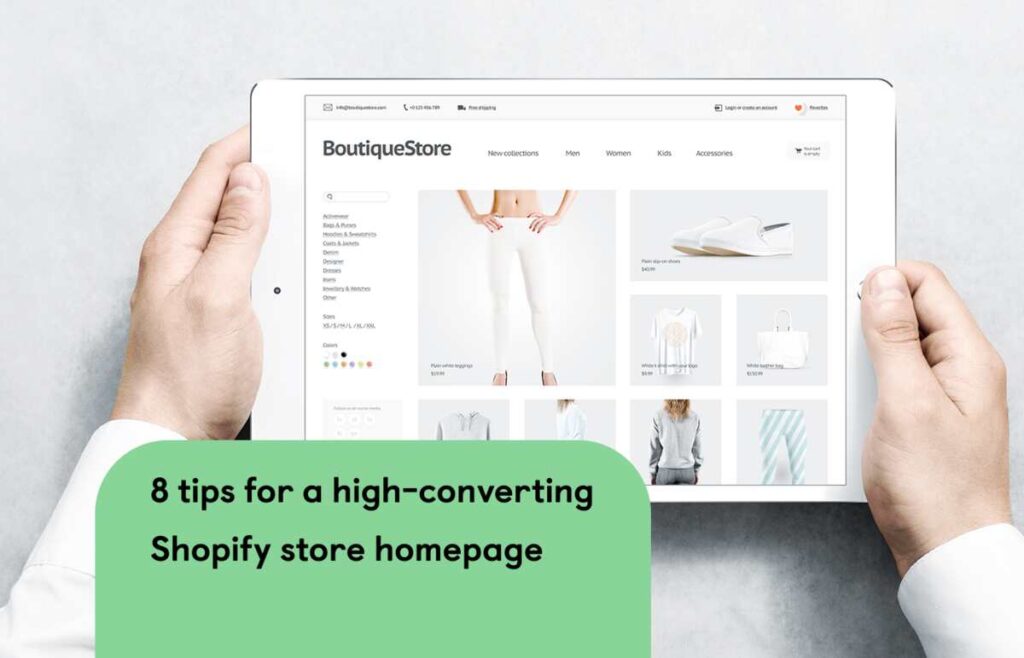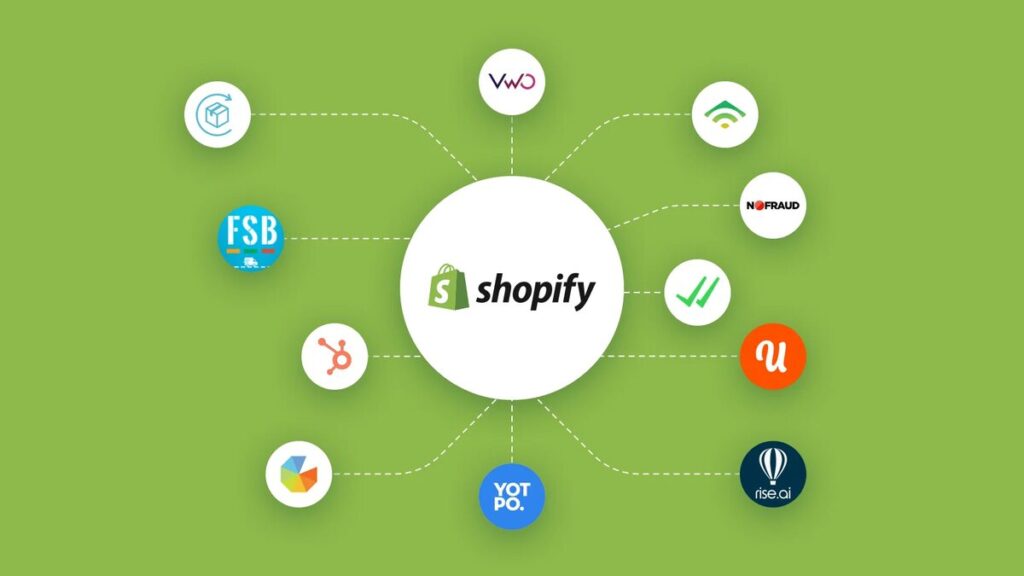Ecommerce Business Shopify: Complete Guide To Online Selling

Ecommerce Business Shopify In today’s rapidly evolving digital marketplace, establishing a successful ecommerce business is not just about having a great product. With Shopify as one of the leading platforms, businesses are provided with powerful tools to succeed. However, success on Shopify requires strategic implementation. In this guide, we delve into the key strategies to help your Shopify ecommerce business thrive in a competitive environment.
The goal is to maximize each and every facet of your internet presence.
When starting an ecommerce business on Shopify, the first critical decision is choosing the right Shopify plan. Ecommerce Business Shopify offers a variety of plans, from Shopify Basic to Shopify Plus, each tailored to different business sizes and needs. Selecting the appropriate plan ensures you have the necessary tools without overspending.
Shopify Basic vs. Shopify Plus: What’s the Difference?
- Shopify Basic: Ideal for startups and small businesses, this plan offers essential ecommerce features such as an online store, 24/7 support, and up to two staff accounts.
- Shopify Plus: Best suited for larger enterprises, Shopify Plus provides advanced features like customizable checkout experiences, increased automation, and access to a dedicated success manager.
- Your choice between these plans should align with your business goals, expected traffic, and long-term growth plans.
Designing a High-Converting Ecommerce Business Shopify

Your Shopify store’s design is your first impression on potential customers. A well-designed store not only attracts but also retains customers, leading to higher conversion rates. Here are the essential components of a high-converting Shopify store:
1. Choosing the Right Theme
Many themes are available on Shopify Seo Guide, both for free and for a cost. Selecting the right theme involves considering your brand’s aesthetic, product type, and target audience.
- Minimalist Themes: Perfect for showcasing products with high-quality images and clean lines.
- Bold Themes: Ideal for brands with a strong identity that want to make a visual statement.
Ensure the theme is mobile-responsive, as a significant portion of online shopping occurs on mobile devices.
2. Optimizing User Experience (UX) Ecommerce Business Shopify
A smooth and intuitive navigation system, fast loading times, and clear call-to-actions (CTAs) contribute to a positive user experience. Implement the following UX best practices:
- Simplified Navigation: Categorize products logically, making it easy for customers to find what they’re looking for.
- Quick Load Times: Use optimized images and minimalistic design elements to ensure your site loads quickly.
- Clear CTAs: Use bold and direct CTAs that guide customers toward making a purchase.
3. High-Quality Product Pages
Product pages are where buying decisions happen. A high-quality product page includes:
- Detailed Descriptions: Write compelling and informative product descriptions that highlight the benefits and features.
- Professional Photography: Use high-resolution images with zoom-in capabilities to showcase product details.
- Customer Reviews: Incorporate customer reviews to build trust and credibility.
Implementing Effective SEO Strategies for Ecommerce Business Shopify

To outrank competitors on Google, your Shopify store must be optimized for search engines. Here are the key SEO strategies to implement:
1. Keyword Research and Optimization
Identify and target high-impact keywords related to your products and industry.
- Title Tags and Meta Descriptions: Incorporate primary keywords into your title tags and meta descriptions to improve visibility.
- Product Descriptions: Optimize product descriptions with relevant keywords without sacrificing readability.
- Alt Text for Images: Use descriptive alt text for images to enhance image search rankings.
2. Creating High-Quality Content Ecommerce Business Shopify
Content marketing is essential for building authority and driving traffic. Develop a content strategy that includes:
- User-Generated Content: Encourage customers to create content, such as reviews and social media posts, that you can feature on your website.
3. Technical SEO for Shopify
Ensure your Shopify store is technically sound with these practices:
- Mobile Optimization: Make sure your site is fully optimized for mobile users.
- Fast Load Times: Compress images, use lazy loading, and leverage browser caching to improve load times.
Leveraging Shopify Apps to Enhance Functionality

Shopify’s extensive app ecosystem offers tools to extend the functionality of your store. Here are some essential Shopify apps to consider:
1. Conversion Optimization Apps Ecommerce Business Shopify
- Hotjar: Provides insights into how users interact with your site through heatmaps and session recordings.
- OptinMonster: A powerful tool for creating pop-ups and opt-in forms that capture leads and drive conversions.
2. Email Marketing Apps
- Klaviyo: Integrates seamlessly with Shopify, enabling personalized email marketing campaigns.
- Mailchimp: Another popular email marketing tool that allows you to create and manage email campaigns directly from your Shopify dashboard.
3. Customer Support Apps
- Zendesk: Offers a comprehensive suite of customer service tools, including live chat and ticketing.
- Gorgias: An all-in-one customer support app designed specifically for Shopify stores, allowing for seamless management of customer inquiries.
Harnessing the Power of Social Media Integration

Social media is a powerful channel for driving traffic and increasing brand awareness. Shopify makes it easy to integrate social media with your store.
1. Social Media Selling
- Facebook and Instagram Shops: Set up Facebook and Instagram shops directly from your Shopify dashboard, allowing customers to purchase products without leaving the platform.
- Pinterest Buyable Pins: Enable customers to buy products directly from Pinterest.
2. Social Proof and User Engagement Ecommerce Business Shopify
- Social Media Widgets: Display your social media feeds on your Shopify store to increase engagement.
- User-Generated Content: Feature customer photos and testimonials from social media to build trust.
Scaling Your Shopify Business with Data-Driven Decisions
As your business grows, making data-driven decisions becomes crucial. Shopify provides robust analytics tools to help you track performance and identify growth opportunities.
1. Shopify Analytics
Use Shopify’s built-in analytics to monitor key metrics such as sales, customer behavior, and conversion rates.
2. Google Analytics Integration
Integrate Google Analytics with Shopify for more advanced insights, including traffic sources, customer demographics, and shopping behavior.
3. A/B Testing Ecommerce Business Shopify
Regularly perform A/B testing on various elements of your store, such as product pages, CTAs, and email campaigns, to identify what works best.
Conclusion: Driving Long-Term Success on Shopify
Building a successful ecommerce business on Shopify requires a strategic approach that encompasses design, SEO, marketing, and customer engagement. By following the strategies outlined in this guide, you can create a high-converting Shopify store that stands out in a competitive market.Click Here: SEMrush Free Keyword Tool

